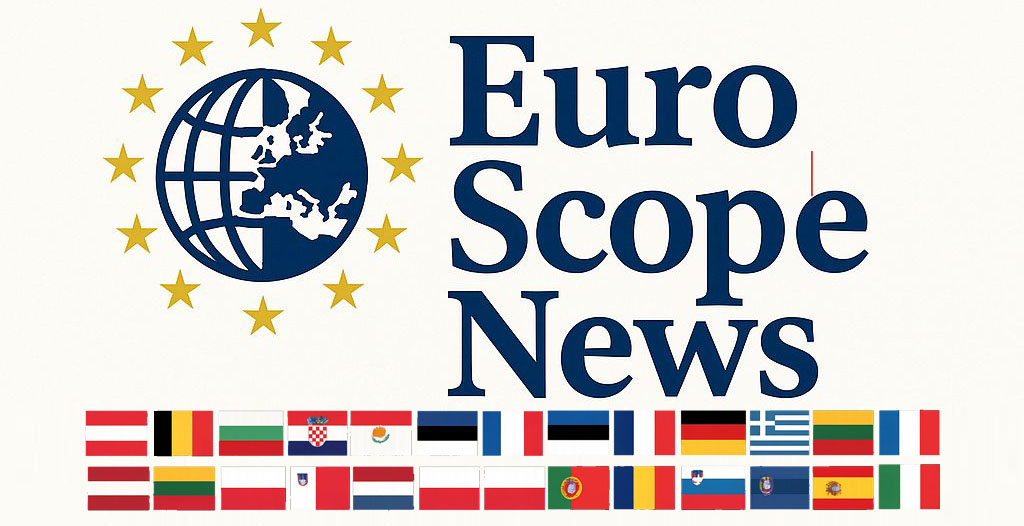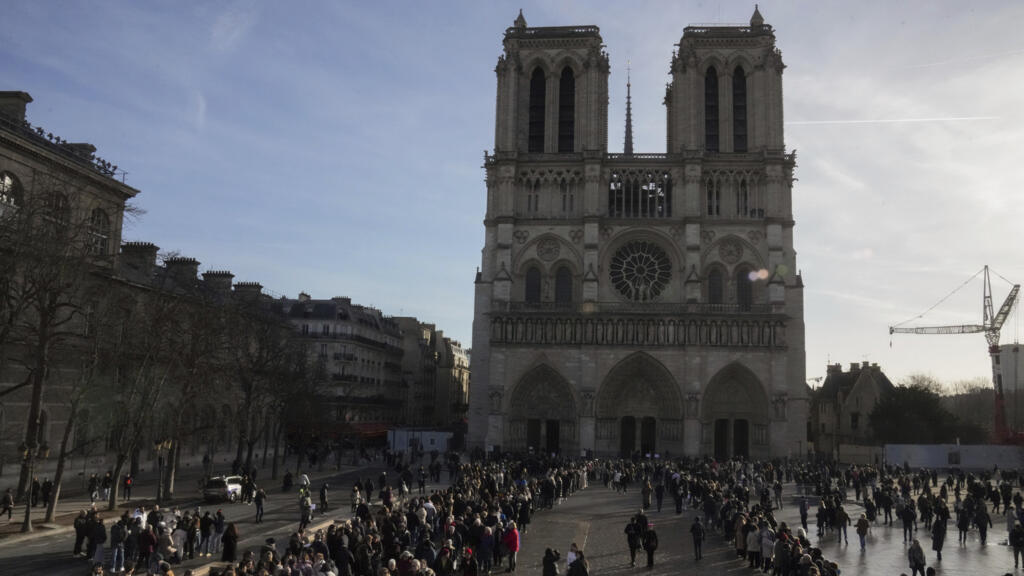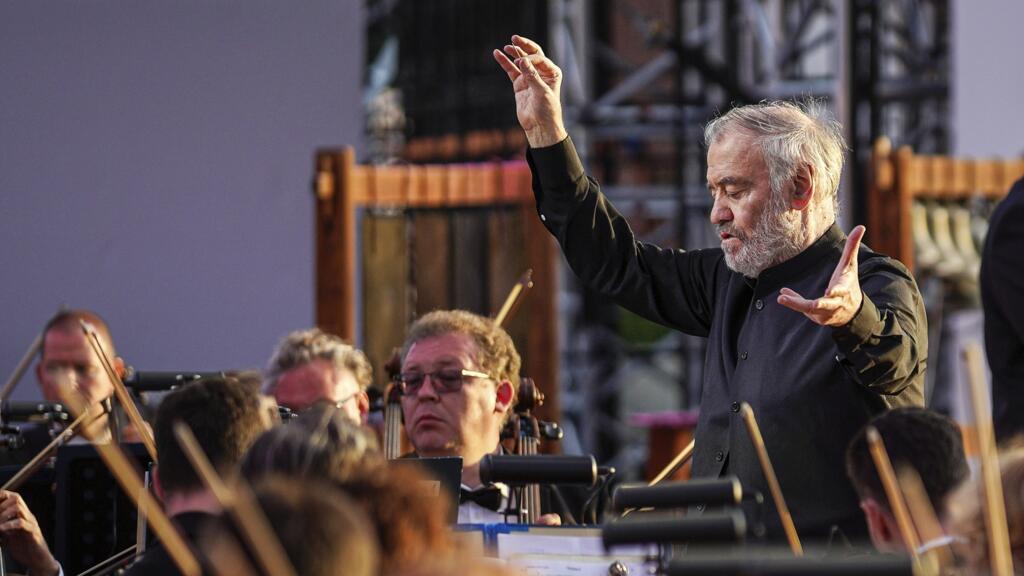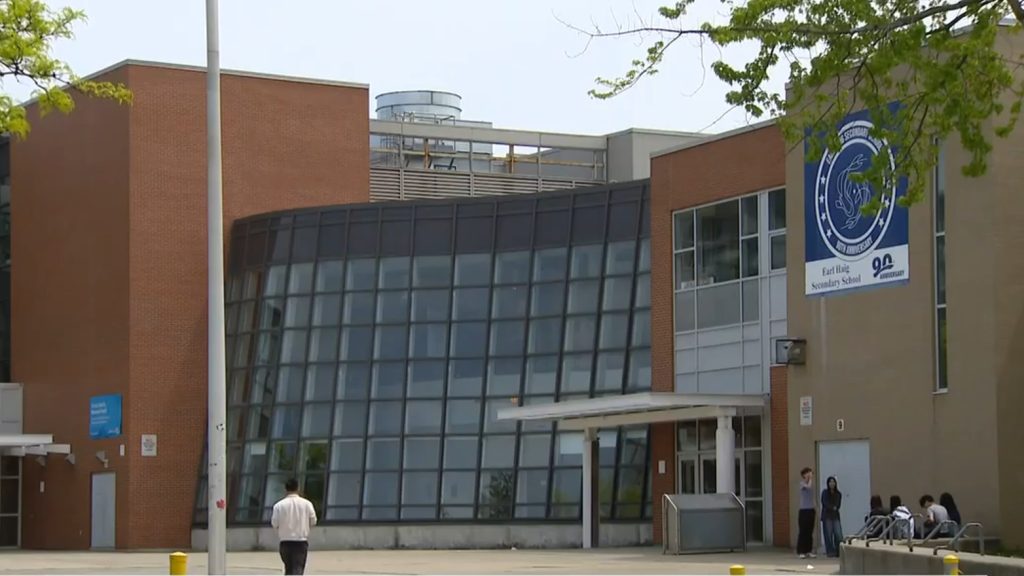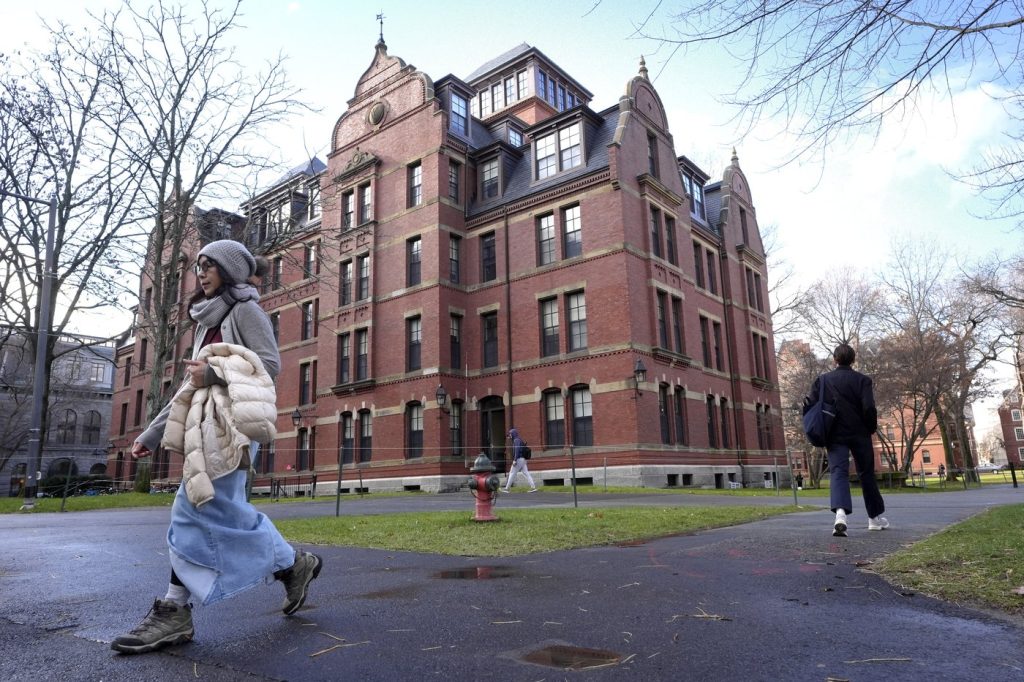Microsoft and French Government Join Forces to Create Digital Replica of Notre-Dame Cathedral
In an ambitious collaboration, Microsoft and the French government have announced plans to develop a detailed digital replica of the iconic Notre-Dame Cathedral in Paris. This initiative comes in the wake of the tragic fire that occurred in April 2019, which severely damaged the Gothic masterpiece. The project aims not only to preserve the intricate architectural details of the cathedral but also to provide a virtual experience for visitors who are unable to visit the landmark in person.
The Notre-Dame Cathedral, a UNESCO World Heritage site, is renowned for its stunning Gothic architecture, including its flying buttresses, stained glass windows, and imposing spires. The fire that ravaged the cathedral caused significant structural damage, leading to the collapse of its spire and devastating the roof. As restoration efforts progress, the digital replica will serve as a valuable resource for architects, historians, and the general public, allowing them to explore the cathedral's history and architecture from anywhere in the world.
Using advanced technology, Microsoft plans to capture every detail of Notre-Dame's architecture. The digital project will employ high-resolution 3D scanning techniques, combining data from various sources, including laser scans, photographs, and historical records. This comprehensive approach will create a virtual model that accurately reflects the cathedral's design, even accounting for any changes made during the ongoing restoration.
Furthermore, the digital replica will facilitate a deeper understanding of Notre-Dame's historical and cultural significance. By offering immersive virtual experiences, the project aims to enhance the appreciation of the cathedral's architectural heritage while also educating the public about its history. Visitors who are unable to travel to Paris can explore the cathedral's intricate details, gaining insights into its construction and the artistry that defines Gothic architecture.
In addition to its cultural impact, this project also demonstrates a commitment to leveraging technology for the preservation of historical landmarks. By utilizing Microsoft's expertise in digital solutions, the initiative underscores the importance of safeguarding cultural heritage through innovation. The collaboration serves as a model for future projects aimed at conserving and enhancing access to significant historical sites worldwide.
The digital replica of Notre-Dame Cathedral is expected to play a crucial role in the cathedral’s eventual reopening to the public, projected for late 2024. This restoration is not just about rebuilding what was lost; it includes an opportunity to engage with the cathedral's story on a new level. The digital format will allow for interactive elements, including guided tours and educational programs, further enriching the visitor experience.
The partnership between Microsoft and the French government symbolizes a forward-thinking approach to the conservation of cultural landmarks in the digital age. As the world continues to navigate the complexities of preserving history amidst modern challenges, initiatives like this reinforce the potential of technology in contributing to cultural sustainability.
Overall, the creation of a digital replica of Notre-Dame Cathedral marks a significant step in preserving one of the world's most famous religious sites. As restoration efforts continue, this initiative will ensure that both current and future generations can appreciate the splendor and significance of the cathedral, regardless of geographical constraints.
